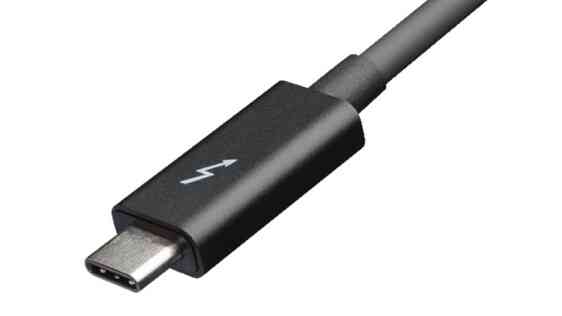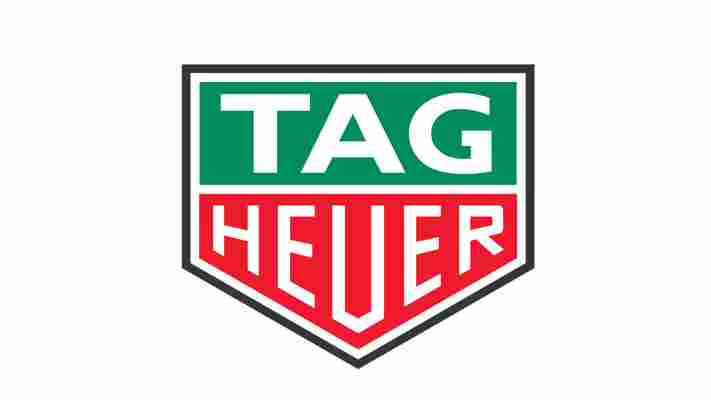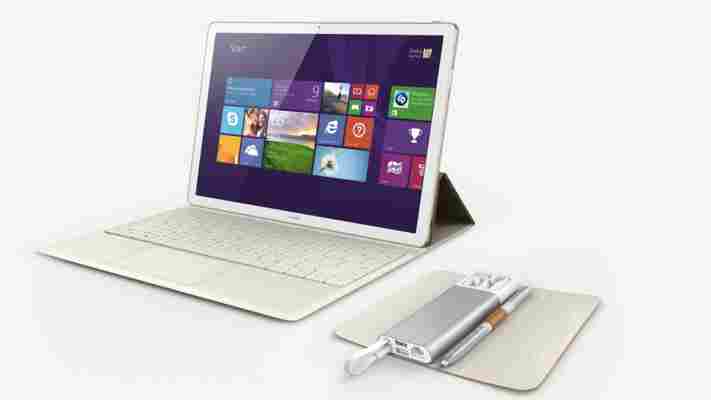Intel has announced that it’s developing the super-fast Thunderbolt 3 with the latest USB-C connector. Abandoning its proprietary connector, the new reversible cable reportedly manages speeds of up to 40Gbps.

By comparison, the Thunderbolt 2 cable gets up to 20Gbps, with USB 3.1 capable of 10Gbps and 3.0 capable of only 5Gbps. Apple brought the USB Type-C connector to our attention when it was used in the latest MacBooks.
So what does that mean to you? Well, it means you can run two 4k monitors at the same time or transfer a 4k movie in less than 30 seconds. The new cable also allows you to daisy-chain computers together if you want to have a small workgroup working off one CPU.
Intel is offering a few different versions of the Thunderbolt 3 cable – a 20Gbps copper cable that supports USB 3.1, DisplayPort 1.2 and 20Gbps Thunderbolt, and an active 40Gbps copper cable version as well. Intel is also working on a 40Gbps Optical Fibre cable as well for expected release in 2016.
The first products with Thunderbolt 3 are due to ship before the end of this year, according to Intel.
➤ Thunderbolt™ 3 – The USB-C That Does It All [Intel]
Read next: One cable to rule them all: Everything you should know about the new MacBook’s USB-C port
Swiss watchmaker TAG Heuer teams up with Intel and Google for smartwatch
The biggest criticism against most smartwatches is that they don’t really solve a problem beyond not having to take your phone out of your pocket and that they’re ugly. Today, TAG Heuer , Intel and Google hope to fix at least one of those problems.

The partnership was announced at the Baselworld watch fair . The Swiss watchmaker will produce an Android Wear-powered smartwatch running Intel hardware that it says will launch at the end of 2015.
While features were not announced, the watchmaker is known for its sports-based devices so expect a very fancy, very sporty smartwatch with the usual Android Wear attributes.
The partnership gives TAG Heuer partners to help it enter the already crowded smartwatch market while Intel and Google get to associate with a firmly established Swiss watchmaker that’s been in business since 1860.
In a statement TAG Heuer CEO, Jean-Claude Biver said, “Swiss watchmaking and Silicon Valley is a marriage of technological innovation with watchmaking credibility. Our collaboration provides a rich host of synergies, forming a win-win partnership, and the potential for our three companies is enormous.”
Unfortunately, beyond the partnership announcement and launch timetable, we don’t even know what the watch might look like or the cost. All that information will be announced later, along with the actual features of the watch.
Still with TAG Heuer designing the device, it can’t possibly be any uglier than some of the smartwatches already on the market.
Intel is already partnering with watchmaker Fossil and launched the Mica smart bracele t with partner Opening Ceremony; today’s news is just another company the chipmaker is associating itself with in the wearables market. It’s hoping these allegiances and devices give it strong foothold in the wearables market so it doesn’t get left behind as it did in the mobile market.
Huawei’s MateBook is a hybrid Windows 10 machine, just don’t call it a Surface rival
Huawei has launched its first hybrid laptop/tablet device under its ‘Mate’ range of products. We spent a few minutes with the device ahead of its launch.

In many ways the MateBook draws on certain cues from the smartphone lineup – its full metal chassis and fanless design with heat dissipation shields to ensure none of the casing gets warm under heavy use, to name but two things.
Don’t be mistaken though, the MateBook is a tentative foot into new waters for Huawei – a China-based manufacturer fighting hard to become a household name in Europe and the US. It’s doing pretty well at it too; last year it shipped more than 100 million devices globally .
On the hardware front, the MateBook offers up a 12-inch (2,160 x 1,440 pixels, 400nits) display, USB-C, Intel Core M-Series processors and up to 8GB RAM (with the latter two features depending on your configuration).
On the top of the MateBook there’s dual speakers – placed so that the sound isn’t compromised when the tablet is docked into its keyboard – and Huawei says the 33.4 watt hour battery will last for up to 10 hours of mixed office tasks.
Unusually for a tablet, there’s also a fingerprint sensor, another carry-over from the smartphone line, on the rear of the device – and no rear-facing camera, only a forward-facing one for video calling and selfies.
When not docked into its keyboard, the MateBook weighs in at aroujnd 640 grams – 70 grams or so lighter than the iPad Pro and exactly the same depth, at 6.9mm.
The keyboard – included in some retail packs, excluded from others – is backlit and draws power from the MateBook rather than packing in its own supply.
Much like with the Surface Pro models, the MateBook’s keyboard folds round to provide support to lean the tablet against when using it on your lap or a table -it provides just one angle of support though.
Having tapped out a few lines, the keys have a pleasing amount of travel – if spaced a little wide for my own liking – and the clickable glass trackpad was precise and reliable in my short testing.
While it might seem a little similar to the Surface to you (and me), Colin Giles, Huawei’s executive vice president of its consumer business, says it’s not really being pitched against Redmond’s offering.
“We don’t see ourselves in competition with Surface – this complements the Microsoft Windows 10 portfolio that’s in the market, it creates a broader range of opportunities for consumers and we believe this device will offer really g od mobility and opportunities for them to combine their entertainment and also there productivity in a nicely package device.”
I’d argue that Microsoft probably has similar intentions, and with the MateBook starting at around $699/€799, it’s priced pretty similarly too.
There are different color options on the way, but the MateBook is launching in the white/gray combo option to start.
Again, either sold separately or included in the retail pack (depending on the choice of model) – there’s a pressure-sensitive stylus for writing/taking notes or drawing directly on the screen.
The pack also adds wired connectivity options, an HDMI output and additional USB ports.
➤ Huawei
